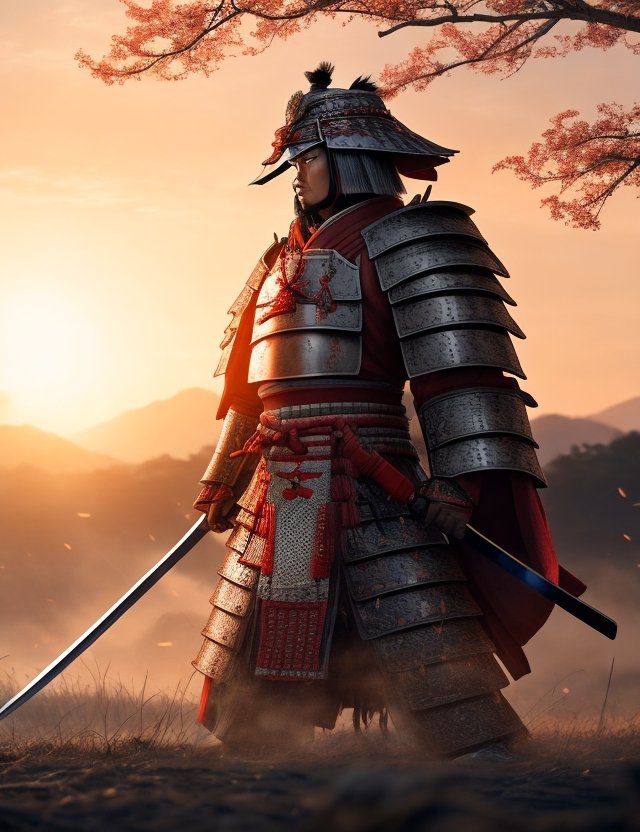The last samurai
In the twilight of an era defined by honor, loyalty, and the way of the sword, there unfolded the last battle of the samurai—a conflict that would etch its mark in history and signal the end of an ancient tradition.
It was a time of change and upheaval in Japan, as the country stood at the crossroads of tradition and modernization. The samurai, once revered as the noble protectors of the land, found themselves marginalized in a rapidly evolving society. Their swords, once symbols of power, were now seen as relics of a bygone era.
Amidst this backdrop, two powerful factions emerged: the Imperial forces, representing progress and modernity, and the loyalist samurai, staunchly holding onto the old ways and the honor of their ancestors. The tension between these two forces reached its climax on a fateful day that would forever be remembered as the last battle of the samurai.
The loyalist samurai, led by the valiant General Takashi, rallied their forces and took their final stand in a remote valley surrounded by majestic mountains. Their spirit burned bright as they upheld the ancient code of bushido, their armor gleaming under the unforgiving sun. They knew the odds were stacked against them, but their resolve remained unyielding.
On the opposing side stood the Imperial forces, armed with advanced weaponry and a belief in progress that eclipsed tradition. Their numbers were vast, and they were driven by the fervor of change. They saw the samurai as relics of a bygone era, and this battle was their opportunity to dismantle the last vestiges of feudalism.
As the sun began its descent, casting an amber glow over the battlefield, the clash of steel and the cries of warriors reverberated through the air. The loyalist samurai fought with unwavering courage, their blades swift and true. Their skill and discipline were a testament to centuries of training and an unwavering commitment to honor.
The Imperial forces, armed with rifles and cannons, unleashed a barrage of devastating firepower upon their foes. The samurai, though vastly outnumbered, refused to yield. They formed a wall of indomitable spirit and unyielding determination. The clash of traditional swords against modern weaponry was a poignant reminder of the clash between tradition and progress.
The battle raged on, with both sides displaying unwavering bravery. The valley became a canvas of blood, sweat, and sacrifice. Samurai fell one by one, their unwavering loyalty to their cause driving them forward even as hope dimmed.
In the final moments of the battle, General Takashi stood alone, surrounded by fallen comrades. He raised his sword, the embodiment of centuries of tradition and the spirit of the samurai. With a resolute cry, he charged toward the heart of the Imperial forces, his blade flashing like lightning.
In that single, fateful moment, tradition clashed with progress, and the echoes of a dying era reverberated through the battlefield. General Takashi's sacrifice, though not in vain, marked the end of an era—the last stand of the samurai.
The last battle of the samurai became a somber reminder of the fleeting nature of traditions and the relentless march of time. The samurai, once the guardians of honor and the embodiment of bushido, faded into the annals of history. But their legacy endured, their tales of courage and sacrifice inspiring future generations to honor the values of honor, loyalty, and the indomitable spirit of the samurai.
And so, the last battle of the samurai became a poignant chapter in Japan's rich tapestry, a testament to the strength of tradition and the unyielding spirit of those who fought for what they believed in—a legacy that continues to echo through the ages.
